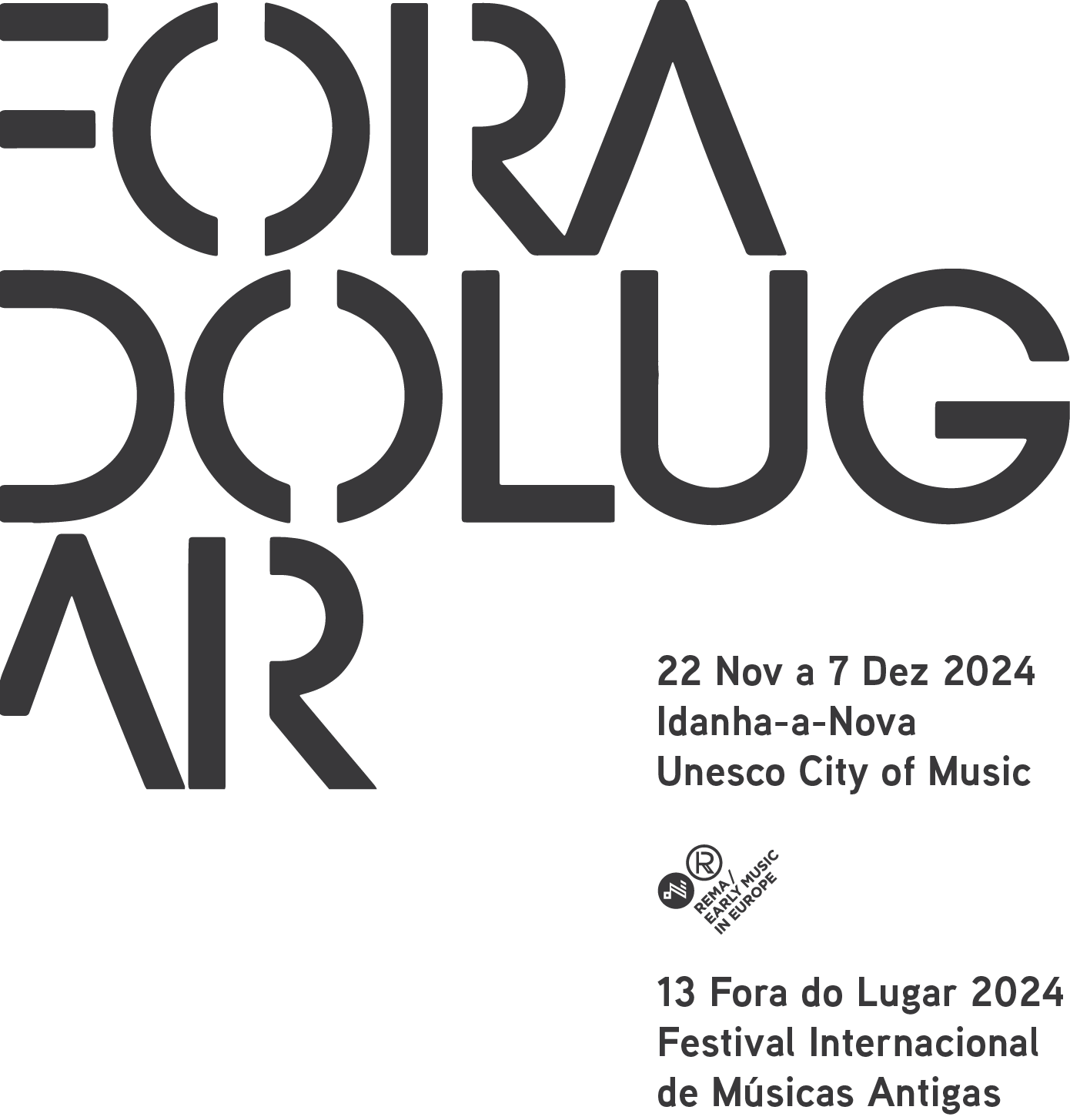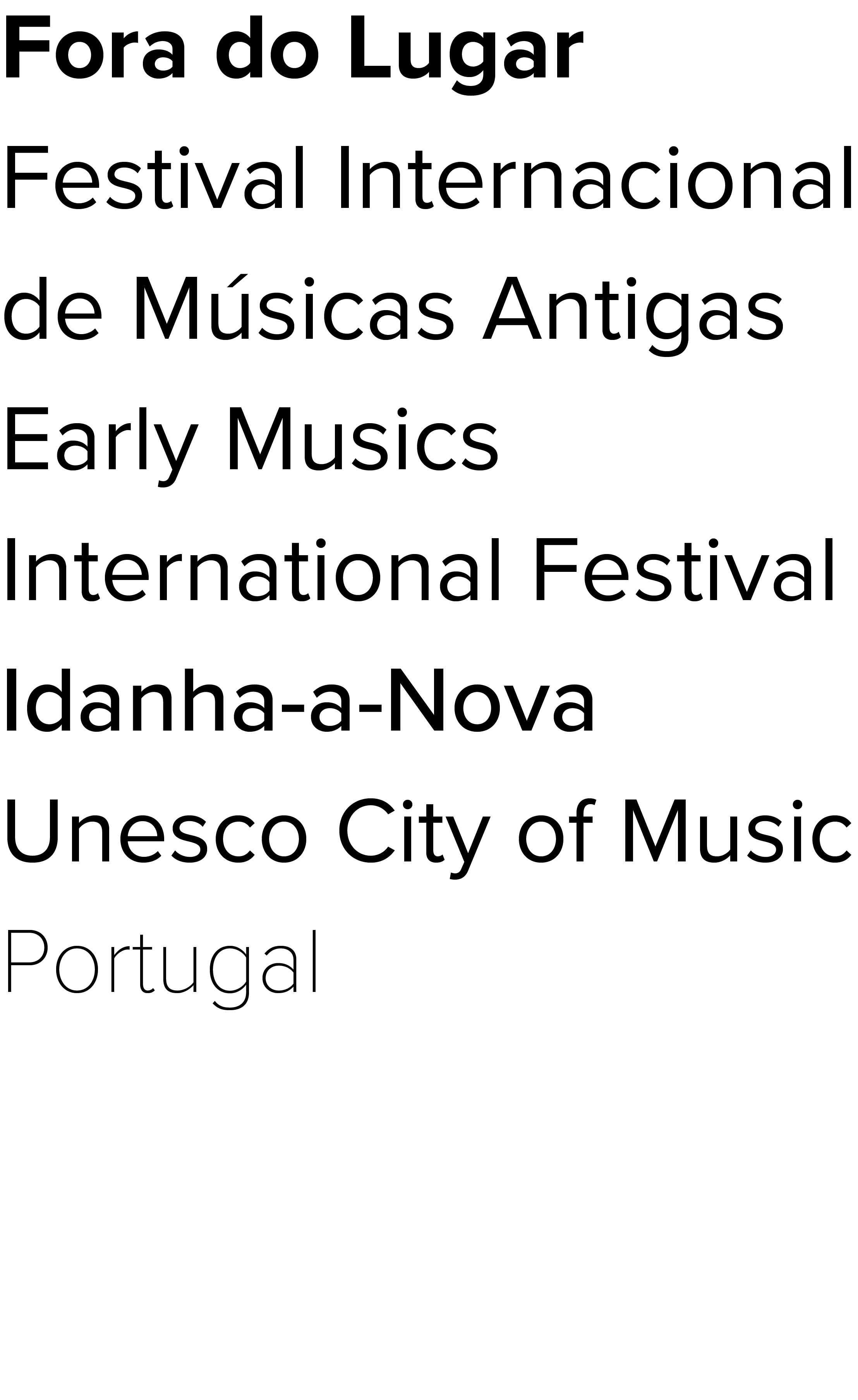Fotografia Photo Iris biflora. Aguarela de Ursula Beau (1957) Watercolor
Exposição Exhibition
Sexta-feira Friday
29.11.2023
20.00
As plantas na obra poética de Luís Vaz de Camões
The Plants in the Poetic Work of Luís Vaz de Camões
Inauguração Opening
Idanha-a-Nova
Centro Cultural Raiano
No âmbito das Comemorações do V Centenário do nascimento de Luís Vaz de Camões (c.1524–1579/1580).
O Departamento de Ciências da Vida (DCV) da Faculdade de Ciências e Tecnologia da Universidade de Coimbra (FCTUC), em colaboração com a Sociedade Broteriana (SB) e o Jardim Botânico (JBUC), apresentam a exposição “As plantas na obra poética de Luís Vaz de Camões”, patente até 31 de julho.
A partir de aguarelas de Ursula Beau (1906-1984) pertencentes à Sociedade Broteriana, Ana Margarida Dias da Silva, investigadora do Centro de História da Sociedade e da Cultura (CHSC) e do DCV, Maria Teresa Gonçalves, investigadora do Centre for Functional Ecology (CFE), DCV e SB e Jorge Paiva selecionaram «diversas plantas relacionadas com as mencionadas n’ Os Lusíadas e na Lírica, associando o trecho poético onde a planta é glosada, complementados com a indicação do nome científico, do nome vulgar e do nome utilizado pelo poeta.
De acordo com Jorge Paiva, professor aposentado do DCV/FCTUC, “na época camoniana, as plantas mais conhecidas e citadas na literatura não eram as plantas comestíveis ou ornamentais, mas sim as plantas medicinais”. “Os Lusíadas” foram escritos, quase na totalidade, no Oriente e centram-se nos Descobrimentos, logo, as plantas asiáticas, particularmente as medicinais e as especiarias, surgem em maior destaque. A Lírica, maioritariamente escrita em Portugal e centrada no amor e na paixão, refere plantas europeias, particularmente as suas flores.
In the context of the Commemorations of the 500th anniversary of the birth of Luís Vaz de Camões (c.1524–1579/1580).
As part of the Commemorations of the 500th anniversary of the birth of Luís Vaz de Camões (c.1524–
–1579/1580), the Department of Life Sciences (DCV) at the Faculty of Science and Technology of the University of Coimbra (FCTUC), in collaboration with the Broterian Society (SB) and the Botanical Garden (JBUC), presents the exhibition "The Plants in the Poetic Work of Luís Vaz de Camões."
The exhibition features watercolors by Ursula Beau (1906–1984), belonging to the Broterian Society. Ana Margarida Dias da Silva, a researcher at the Centre for History of Society and Culture (CHSC) and the DCV, Maria Teresa Gonçalves, a researcher at the Centre for Functional Ecology (CFE), DCV, and SB, and Jorge Paiva have selected various plants related to those mentioned in The Lusiads and Lyric Poetry, associating the poetic excerpt where the plant is referenced and providing the scientific name, common name, and the name used by the poet.
According to Jorge Paiva, retired professor at DCV/FCTUC, "in Camões’ era, the most well-known and cited plants in literature were not edible or ornamental plants, but medicinal ones." The Lusiads were mostly written in the East and focus on the Discoveries, thus Asian plants, particularly medicinal plants and spices, feature more prominently. The Lyric Poetry, mostly written in Portugal and focused on love and passion, refers to European plants, particularly their flowers.



